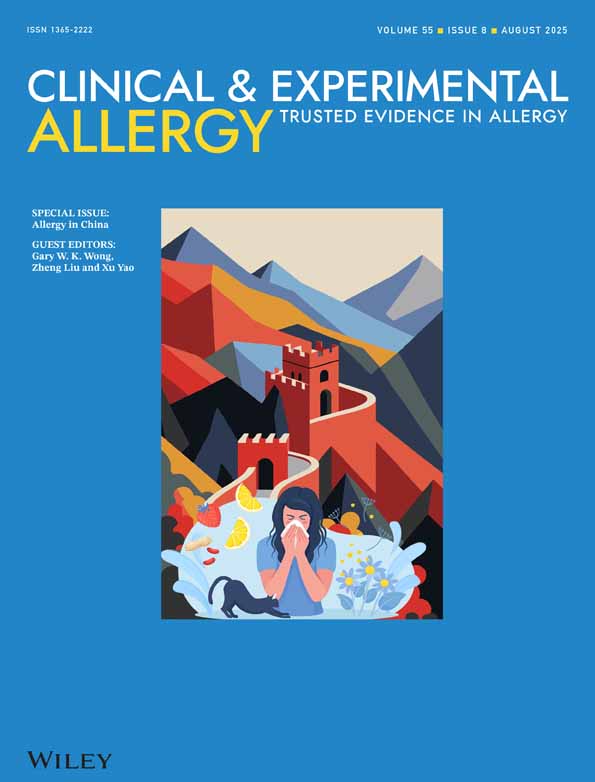Reticular basement membrane thickening in airways of lung transplant recipients is not affected by inhaled corticosteroids
Summary
Introduction Chronic rejection is a major problem for all lung transplant programmes, which is functionally manifested by fixed airflow limitation, Bronchiolitis Obliterans Syndrome (BOS). The inclusion of a Pre-BOS category, BOS0∼p, in newly revised guidelines, recognizes the potential importance of early changes. We have previously demonstrated reticular basement membrane (Rbm) thickening in clinically stable lung transplant recipients free from BOS. The present study extends this, testing the hypothesis that inhaled corticosteroid (ICS) therapy will lead to a decrease in Rbm thickness in lung transplant recipients.
Methods A parallel group, bronchoscopic intervention study of clinically stable lung allograft recipients, free from BOS, but with evidence of airway inflammation. Following baseline assessment of Rbm thickening, subjects were randomized to 3 months of either chlorofluorocarbon-driven beclomethasone diproprionate (BDP) 400 μg b.i.d., or a formulation designed to yield at least an equivalent dose, hydrofluoroalkane-driven BDP, 200 μg b.i.d.
Results Three months treatment with a moderate dose of ICS, including a formulation designed for preferential small airway deposition, had no effect on Rbm thickening (13±3 vs. 14±5 μm post-ICS).
Conclusion Our data would suggest that airway remodelling can occur early in lung allografts and is not affected by moderate dose ICS therapy. Longitudinal studies are required to describe the pathophysiological processes involved in BOS, and specifically to elucidate potential relationships between airway remodelling, airflow obstruction and allograft failure.




